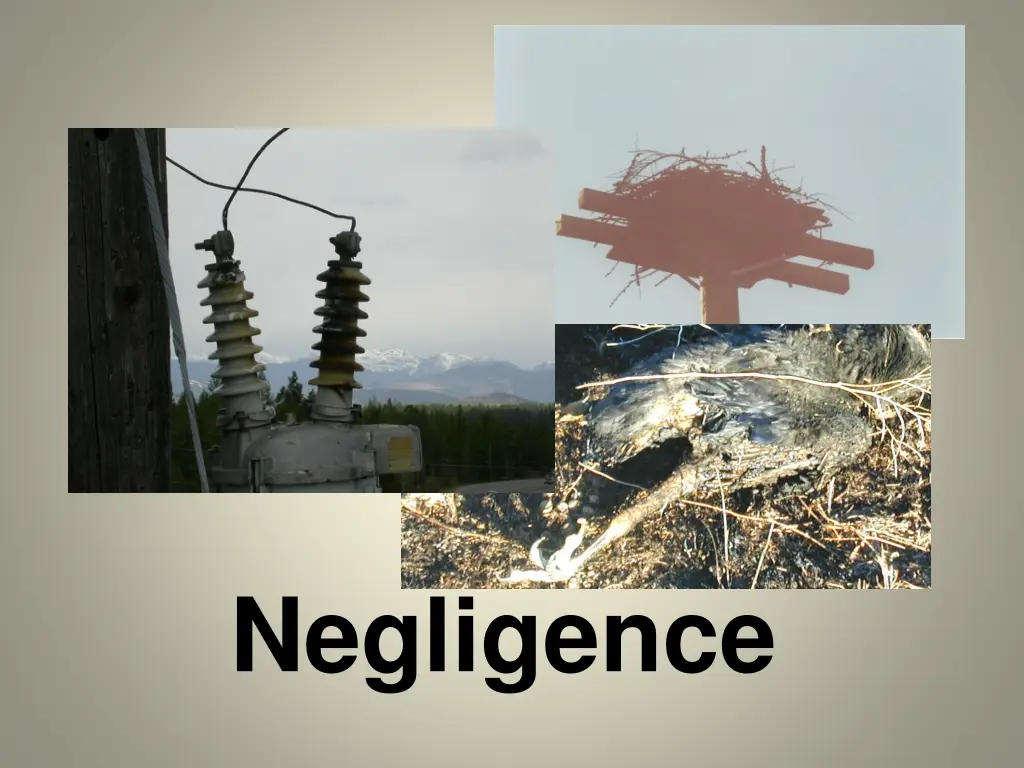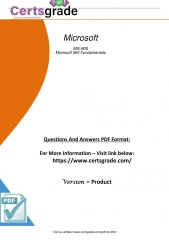
Understanding Different Categories of Negligence and Evidentiary Requirements
Explore the concepts of negligence, ordinary care, and relevant legal cases to understand the application of negligence in various scenarios, such as construction and maintenance in the electric utility sector. Learn about simple negligence, res ipsa loquitur, and evidentiary requirements needed for each type of negligence.
Download Presentation

Please find below an Image/Link to download the presentation.
The content on the website is provided AS IS for your information and personal use only. It may not be sold, licensed, or shared on other websites without obtaining consent from the author. If you encounter any issues during the download, it is possible that the publisher has removed the file from their server.
You are allowed to download the files provided on this website for personal or commercial use, subject to the condition that they are used lawfully. All files are the property of their respective owners.
The content on the website is provided AS IS for your information and personal use only. It may not be sold, licensed, or shared on other websites without obtaining consent from the author.
E N D
Presentation Transcript
Objective Describe the different categories of Negligence and evidentiary requirements needed for each.
Objective Describe how these requirements may be applicable to the construction, maintenance, inspection, and operations of an electric utility.
Negligence Definition A failure to exercise the care which a reasonably prudent person would do under similar circumstances or doing something which a reasonably prudent person would not do.
Ordinary Care Definition Ordinary or reasonable care is that care which persons of ordinary prudence would use in order to avoid injury to themselves or others.
Case Definition [I]t may be safely said that on the basis of past experience it is a matter of common knowledge that a forest fire [i.e., a wildfire] does not ordinarily happen unless someone has been negligent. Roddiscraft, Inc. v. Skelton Logging Co. (1963) 212 Cal.App. 784, 796
Case Definition Failure to anticipate that during high winds power lines might break or otherwise cause a short circuit that could ignite nearby combustible, untrimmed vegetation growing in close proximity to its distribution facilities and lines must be deemed to be negligence Irelan-Yuba etc. Mining co. v. Pacific Gas & Electric Co., supra,. At pp. 565,566
Categories Simple Negligence Meets all of the standard tests for application Negligence, per se Action, or lack of action, was a violation of statute, ordinance, regulation, or use permit or easement condition and the harm suffered is the type the requirement was intended to prevent
Categories Res ipsa loquitur In California, the doctrine of res ipsa loquitur is applicable where the accident is of such a nature that it can be said, in light of past experience, that it probably was the result of negligence by someone and that the defendant is probably the one responsible . . . It is based upon common sense inference from the happening of the accident. Bedford v. Re, 9 Cal.3d 593, 597 [108 Cal. Rptr. 364, 510 P.2d 724] Pappas v. Carson (1975) 50 Cal.App.3d 261, 267
Application to Electric Utility Situations Construction and Installation Duty: Designed to meet foreseeable conditions Construction to required or industry standards Breach: Failed to properly plan for conditions Construction not to required standards Proximate Cause: Foreseeable wind broke crossarm Span length allowed sag into vegetation
Application to Electric Utility Situations Maintenance Duty: Maintain system as designed System maintained required standards Breach: Failed to incorporate maintenance program Failed to replace defective equipment/materials Proximate Cause: Crossarm degraded and broke Tie wires corroded causing line to fall
Application to Electric Utility Situations Inspections Duty: Monitor system for changes in conditions Inspectors properly trained reporting system Breach: Reported deficiencies not corrected timely Inspections failed to recognized deficiencies Proximate Cause: Deficiency caused circuit outage Vegetation in violation not reported
Application to Electric Utility Situations Vegetation Clearance Duty: Incorporate vegetation clearance program Maintain standard clearance requirements Breach: Clearance crews do not clear vegetation Clearance program insufficient for growth Proximate Cause: Foreseeable wind broke crossarm Vegetation allowed to encroach into line/pole
Application to Electric Utility Situations Operations Duty: Operate system in a safe and reliable manner Incorporate additional safety measures for known problems or during extreme fire weather conditions Breach: System overloaded because of demand Safety requirements or features overridden Proximate Cause: Additional load cause greater line sag Lack of proper safety measures allowed power surge
Knowledge Check In order to show negligence on the part of an electric utility, the investigation must show that the utility: A. Owed a duty B. Breached that duty C. The breach was the proximate cause of the incident D. All of the above
Knowledge Check To apply the principle of Negligence per se the offending party must have: A. Failed to exercise reasonable care B. Breached a duty to perform C. Violated a statute, ordinance, or safety order that caused the incident D. Failed to have the knowledge, experience, or skills to perform the job




